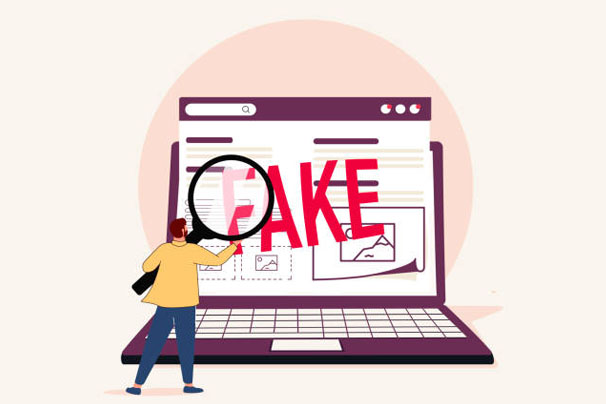Being able to spot a fake check takes a detailed analysis, and it might not always seem easy. Luckily, this article has three quick ways you can spot a fake check. Among the various crimes that exist on the face of the earth, fake checks are among the legal crimes that serve a person jail time or punishment.

What’s more, depositing a fake check or receiving one clearly shows signs of the presence of a scammer. Luckily, there are now ways to spot a fake check before landing in an unfortunate financial situation. All of those steps will be listed in this article.
How To Spot A Fake Check
Despite this being in the age of cashless transactions and more, the need for paper checks still validates most transactions. So, here are 3 ways that you can spot a fake check:
1 Check the Bank Logo
When presented with a check for money transactions, one thing you should look out for is the bank logo. If you are holding the check, look on the front of the check for the bank’s logo. If you do not see a logo there, there’s a probability it’s fake.
In fact, it is a fake check, most likely printed. However, if the logo is quite faint or faded, you still need to watch out. This is a sign that the logo was probably copied from another source. That is another sign of a fake check.
Furthermore, there are other things that you can look out for in the case of a bank’s logo.
- If you think the logo looks pretty legitimate, you can always look for an address. This is very important, as you will be checking the validity of the bank address. A way to conform to this is by looking online at the bank’s website or calling the bank.
- Compare the addresses you see and ensure that they are all accurate or match one another.
However, if that check has no address or PO box, it’s a fake check. Deal with that immediately.
2 Find the Check Number
Any check that was legitimately issued by a bank will most definitely have a check number. You can find this number at the top right-hand of the check. However, if the check doesn’t have a check number, it is fake. Now, if the check does have a check number, here’s what to do:
- First, check the number you see there against the number in the magnetic ink character recognition (MICR) line. The MICR line is the line of numbers you see at the bottom of the check. These numbers are printed by the issuing bank and they all give relevant numbers for a check.
- On the bottom of the check, the MICR long number contains the routing number, the account number, and the check number.
- With that in place, this means that the checking number along the MICR line of numbers should match the check number at the top of the check.
- If compared and it doesn’t match, that check is likely a fake one.
- The check number on a personal check is 101-400 and on a business check is 1000- 1500. If the check number you see is low, then it’s a fake one.
- This means that it’s likely a new account and about 90%of fake checks all originate from new accounts.
That’s another way to spot a fake check before too much damage is done.
3 Feel The Paper Of The Check
Another way you can conveniently spot a fake check is by feeling the texture of the paper. When you hold a real check, it is printed on thick stock paper. When you hold a real check, it feels thick. This is surely not the case with a fake check. Here’s what to do:
- Rub your fingers along the cheek as you feel the texture. If the paper material feels thick, then it’s a real check.
- However, if the check you hold is flimsy and thin, it’s more likely a fake check.
- This is because a fake check is printed on shiny paper. If the check doesn’t have a matte feel, then you are holding a fake check.
- Another thing you can try is by using an ink test. Dampen your fingers and run them across an area of the check that has ink.
- If the color starts to smear, it is a printer on a color printer and is fake.
These are easy ways that you can quickly check if you are holding a fake check. If you want to report a fake check, you can just notify your bank and report the fraud to the FTC by filing an online complaint or calling them.
Also, you can report to the U.S. Postal Inspection Service online or call them. That is, if you received the check by mail. You should take cautious steps when dealing with checks, and this article has enough details to try out.
